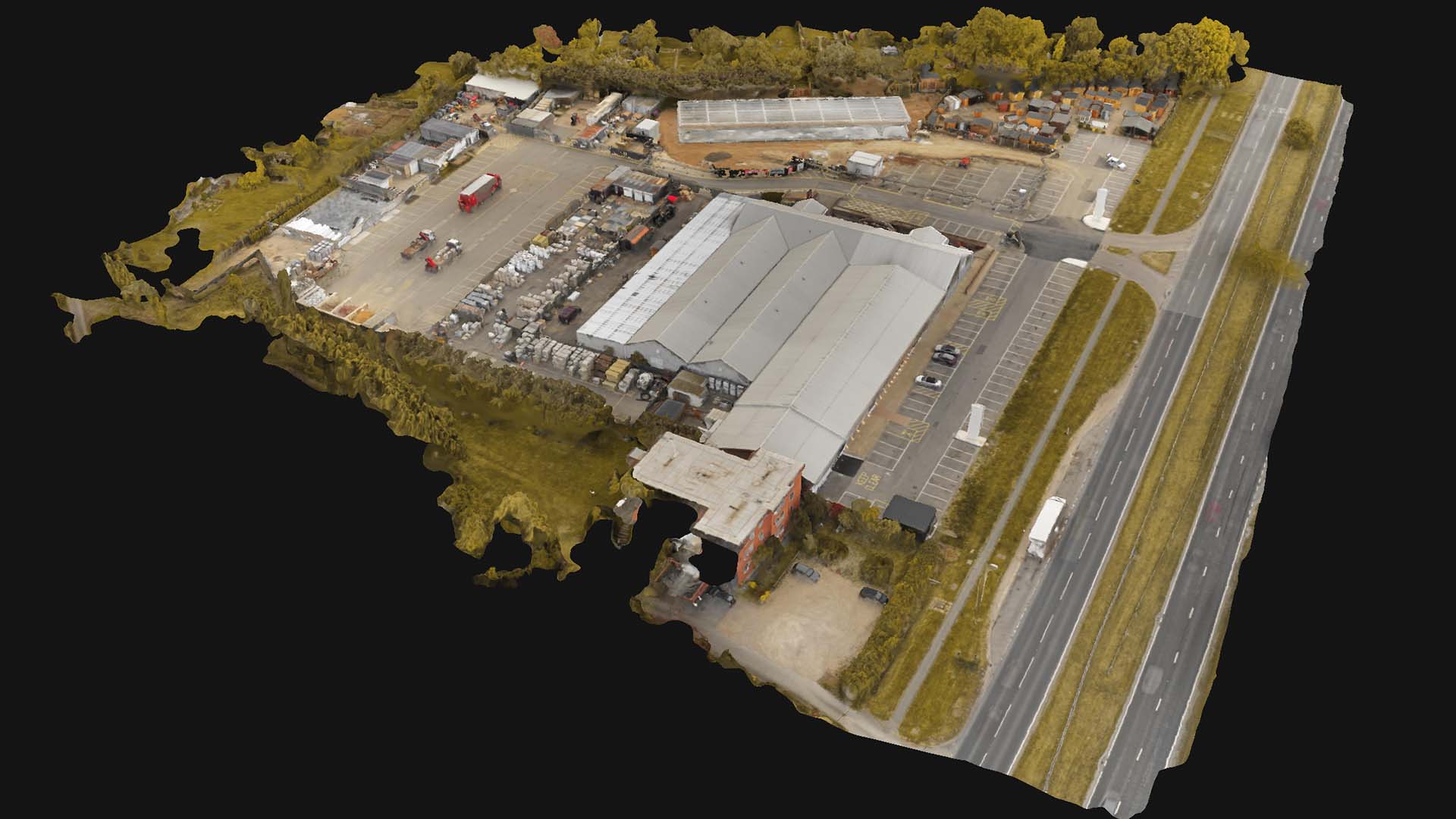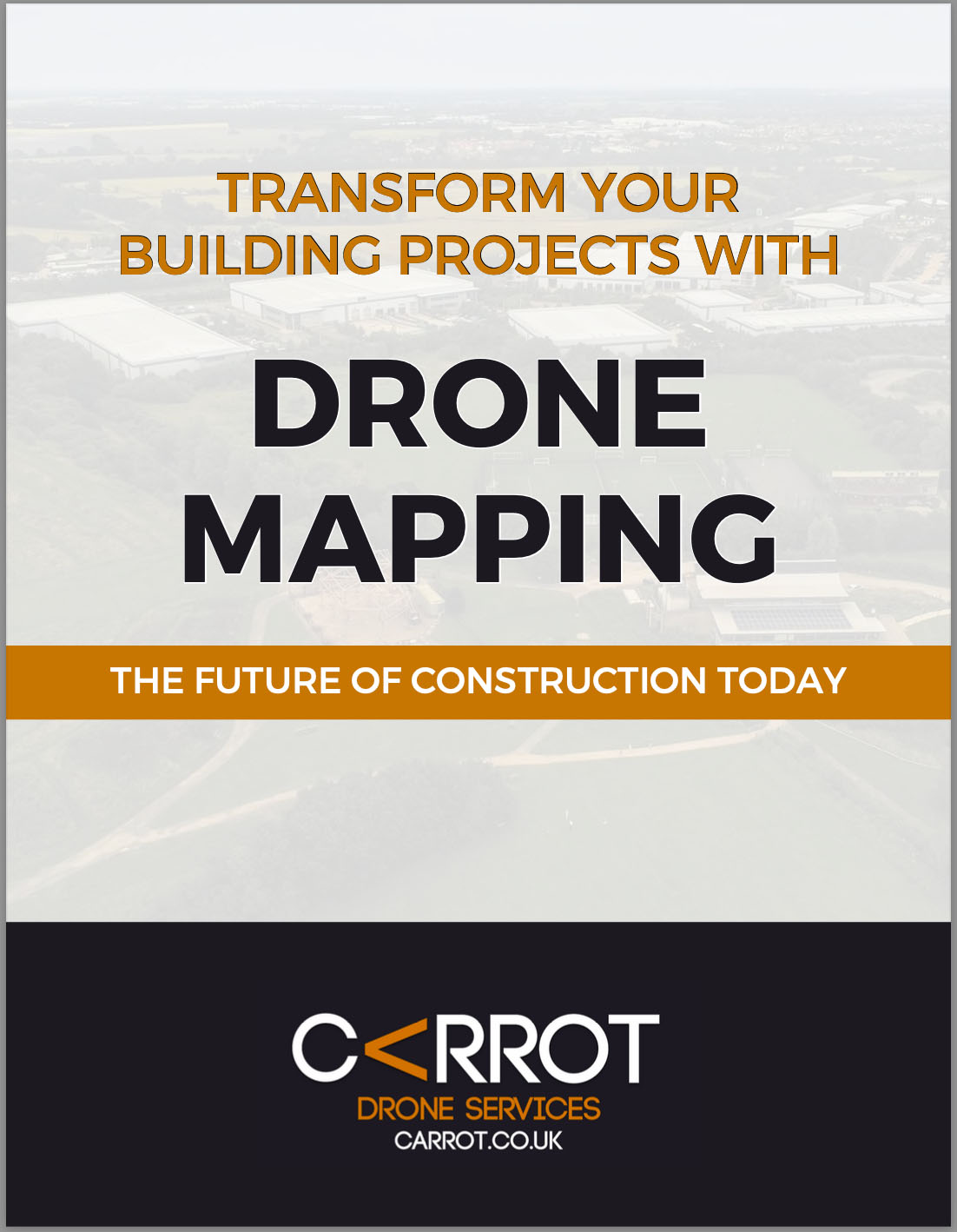Read Time 5 mins
17/05/2023

-
What is drone photogrammetry?
Drone photogrammetry is a technique that uses images captured by a drone to create accurate 2D maps and 3D models of physical objects and environments. It involves the process of taking multiple high-quality photographs from different viewpoints and using specialized software to stitch them together.
-
How does drone photogrammetry work?
Drone photogrammetry involves flying a drone equipped with a camera over an area of interest. The drone takes numerous overlapping photos, and these images are then imported into photogrammetry software. The software uses the overlapping areas to stitch the photos together and create a detailed 2D or 3D model.
-
What are the applications of drone photogrammetry?
Drone photogrammetry has a wide variety of applications. It's commonly used in surveying, construction, agriculture, real estate, and environmental studies. It can be used for site inspections, topographic mapping, crop monitoring, property showcases, and studying environmental changes, among other uses.
-
What equipment is required for drone photogrammetry?
The basic equipment required for drone photogrammetry includes a drone equipped with a high-resolution camera, a GPS system for accurate positioning, and photogrammetry software for processing the images captured by the drone. Optional equipment might include additional sensors like LIDAR or thermal cameras, depending on the specific project requirements.
-
How accurate is drone photogrammetry?
The accuracy of drone photogrammetry depends on several factors, including the quality of the drone's camera, the altitude at which the drone is flown, and the precision of the GPS system. However, with optimal conditions and good-quality equipment, drone photogrammetry can achieve an accuracy of up to 1-3 centimeters.
-
Is drone photogrammetry expensive?
The cost of drone photogrammetry can vary widely based on the equipment used and the complexity of the project. However, drone photogrammetry is often more cost-effective than traditional surveying methods, especially for larger areas, as it reduces the time and labor required.
-
What are the limitations of drone photogrammetry?
While drone photogrammetry has many advantages, it also has some limitations. These include dependence on weather conditions (as poor weather can affect flight operations and image quality), regulatory restrictions on drone operations, and the need for technical expertise in both drone operation and image processing.
-
How is drone photogrammetry different from traditional photogrammetry?
Traditional photogrammetry usually involves capturing images from manned aircraft or satellites, which can be costly and time-consuming. Drone photogrammetry, on the other hand, provides a more cost-effective and flexible solution. Drones can fly at lower altitudes, providing higher resolution imagery and allowing for more precise data collection.
-
Can I perform drone photogrammetry without any training?
While operating a drone and capturing images might seem straightforward, processing these images to create accurate 2D and 3D models requires specialized knowledge and skills. Therefore, some training or experience in geomatics, remote sensing, or a related field is often beneficial.
-
Is drone photogrammetry safe?
Yes, drone photogrammetry is generally safe when proper safety protocols are followed. This includes observing local and national regulations regarding drone operation, maintaining a safe distance from people and property, and not flying in adverse weather conditions.
